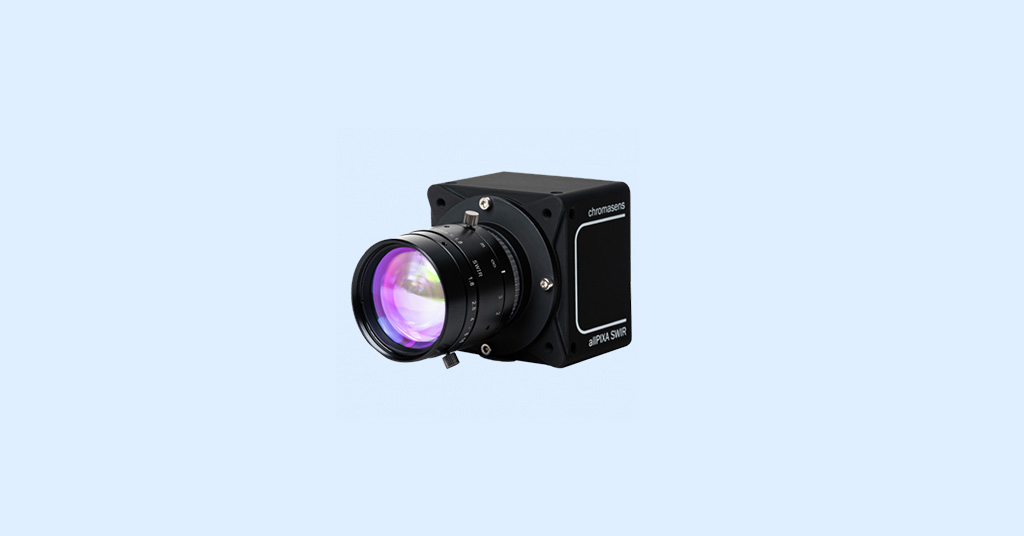Welcome To ChemAnalyst

In the global scenario, where a staggering 380 million tons of plastic waste is generated annually, a mere 9% undergoes recycling. Chromasens, leveraging its advanced allPIXA SWIR Line Scan cameras alongside the ultra-bright Corona II LED lighting, introduces a breakthrough in plastic waste management. By precisely identifying and categorizing plastics based on their spectral properties, this technology promises more cost-efficient, high-purity recycling outcomes.
The allPIXA SWIR camera is equipped with an InGaAs uncooled sensor capable of handling wavelengths from 950 to 1,700 nm. It is available in GenICam-compliant GigE Vision or CameraLink interfaces, providing flexibility for integration in space-limited recycling plants. With resolutions of 512 or 1k and pixel sizes of 25 µm and 12.5 µm, the camera boasts high sensitivity and a line frequency of 40 kHz, ensuring accurate plastic classification.
While plastics may appear indistinguishable to the human eye, they exhibit significant differences in the SWIR spectrum. Various plastics, including PET, HDPE, PVC, LDPE, PP, PS, EPS, ABS, PLA, and nylon 6, absorb and reflect radiation uniquely. The allPIXA SWIR camera effectively discerns these spectral differences, enabling precise separation on a conveyor belt using an array of air jets. This separation process can be iterated for finer screening, ensuring high-purity sorting of plastics. Any detected foreign particles are efficiently discharged, minimizing material loss before the sorted fractions proceed to the subsequent processing stage.
Despite the unique spectral properties of different plastic types in the SWIR range, their chemical structures result in minimal spectral differences. To achieve effective separation, the deployment of SWIR cameras necessitates the use of the brightest and most homogeneous LED linescan lighting, especially in high-speed conveyor belt settings typical of recycling plants.
Chromasens addresses this requirement with its Corona II LED illumination, offering a range of solutions for line scanning. Dark field LED illumination modules cater to ultra-fast SWIR inspection and sorting processes. For materials with distinct spectral ranges within the SWIR camera's working range, narrowband LED light sources provide superior light distribution and differentiation characteristics compared to broadband halogen light sources.
The patented reflector technology in Chromasens Corona II LED systems ensures higher radiant power than conventional halogen lights. This translates into increased efficiency, reduced image noise, and more accurate inspection results in recognition software. With an impressive runtime of up to 25,000 operating hours, Chromasens Corona II LED systems also demand less maintenance, resulting in lower service costs for users. This holistic solution marks a significant stride in the realm of plastic waste management, promising advancements in recycling efficiency and environmental sustainability.
We use cookies to deliver the best possible experience on our website. To learn more, visit our Privacy Policy. By continuing to use this site or by closing this box, you consent to our use of cookies. More info.
